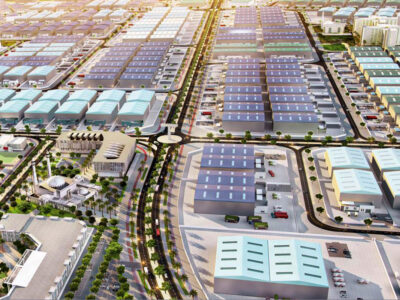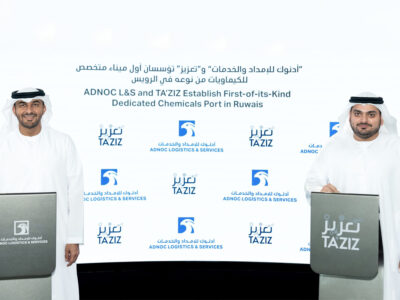According to United Nations (UN) estimates, a staggering 78 million children, globally, are unable to attend school. Sub-Saharan Africa and Central and Southern Asia are the regions with the most children out of school, but the problem also affects remote parts of many developed countries, in addition to areas hit by war or disasters such as earthquakes and flooding.
While the relentless rise of the internet has helped to expand access to information, this positive development has been no adequate substitute for a physical school where children can interact with each other and benefit from qualified teachers who are able to offer a level of personalised education.
But a new generation of technology, including artificial intelligence (AI), and advances in virtual reality (VR) and augmented reality (AR), has the potential to change all this and breathe new life into the concept of remote schooling.
Enabling personalised education for millions
The idea of bringing this type of technology to children in remote areas of Africa and Southern Asia might sound far-fetched, but the growing ubiquity of broadband internet access presents the ideal opportunity to help deliver education to children who – for whatever reason – are unable to attend a traditional school.
Advances in technology including AI are making it possible to create entirely new ways of offering personalised, engaging, and effective education to potentially tens of millions of children. This development is largely down to advances in AI, and particularly its ability to help produce realistic 3D videos and images which can be used for educational purposes.
This includes creating virtual teachers and generating interactive 3D content depicting anything from the intricacies of the human heart to the assassination of Abraham Lincoln, while also bringing groups of people together in virtual classrooms.
One of the challenges with VR and AR to date has been the complexity and cost of creating 3D content, which traditionally requires powerful rendering software and, in the case of photos and videos, the ability to capture the content in 3D using stereoscopic cameras.
This approach is expensive and time consuming, which is why at MBZUAI we have been working on AI systems to produce 3D content – including avatars of people – from 2D images. Our approach will make it far easier to create the type of educational content, and the virtual teacher avatars needed to bring education to life in a metaverse.

Our work has also centred on developing human realistic avatars to deliver dialogue in real time, in a way that looks and sounds like a real person, thus ensuring that virtual teachers can be engaging and effective. This same technology can also drive other applications to bring learning to life, for example by creating 3D avatars of historical figures, such as Winston Churchill or Martin Luther King Jr., which can then deliver famous speeches or explain key moments from history.
The same technology could be applied to bring entire scenes from history or the natural world to life – for example, the Wright Brothers’ first flight at Kitty Hawk, or the construction of the Great Pyramids of Giza. The potential of AI to bring education to life is limitless.
Another important aspect of education that could be achieved through this type of technology is telepresence: by using 3D avatars created from 2D images, it will be possible for students and teachers to use their avatar to join virtual meetings where they can see each other and interact in a way that is far more engaging than conventional video calls.
Sure, there is some way to go to achieve this vision, but developing quicker, easier, and more economical ways of producing 3D content will be key, and these advancements will hopefully be matched by further advances in VR and AR hardware from various companies.
While I expect this type of technology to eventually transform education – and many other sectors – around the world, the potential to expand education to deprived areas remains the driving force behind the work being undertaken at MBZUAI’s Metaverse Lab.
Certainly, our mission is not to replace human teachers, but rather to enhance their ability to inspire the next generation and ensure that the tens of millions of children who lack a place at school can gain access to a similar level of education to their peers in more privileged parts of the world.









